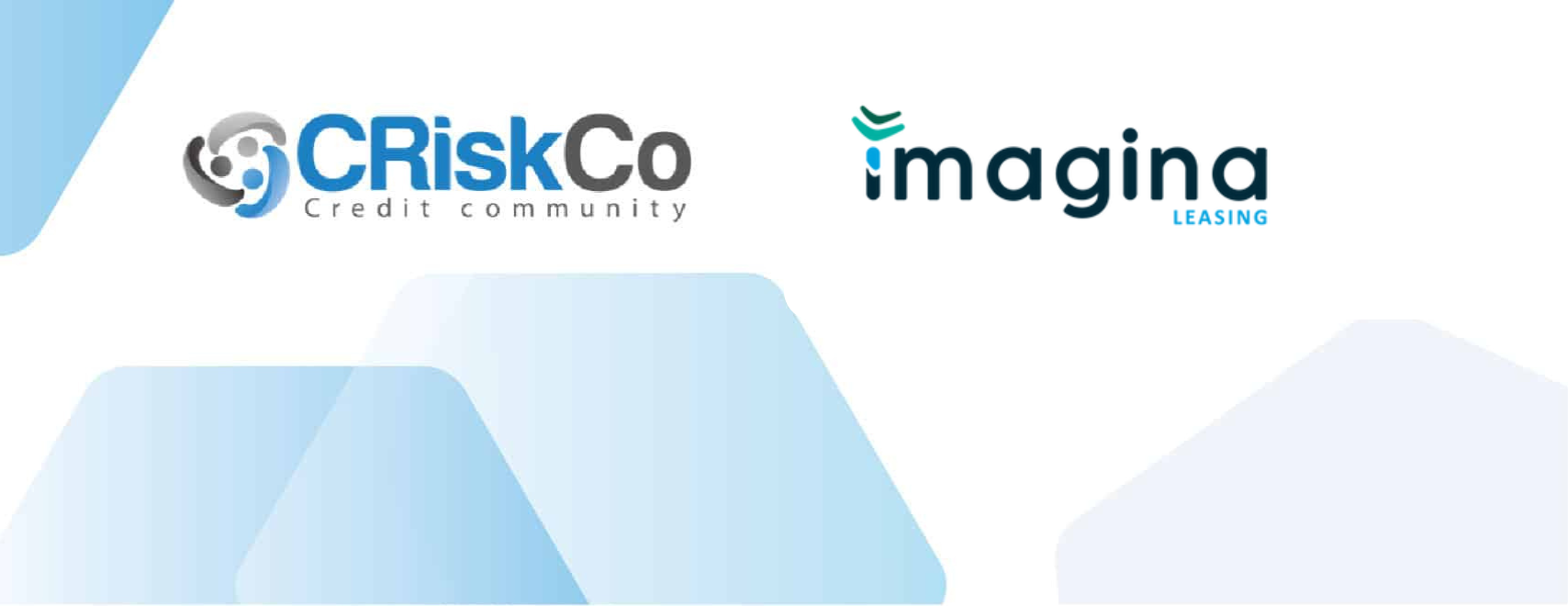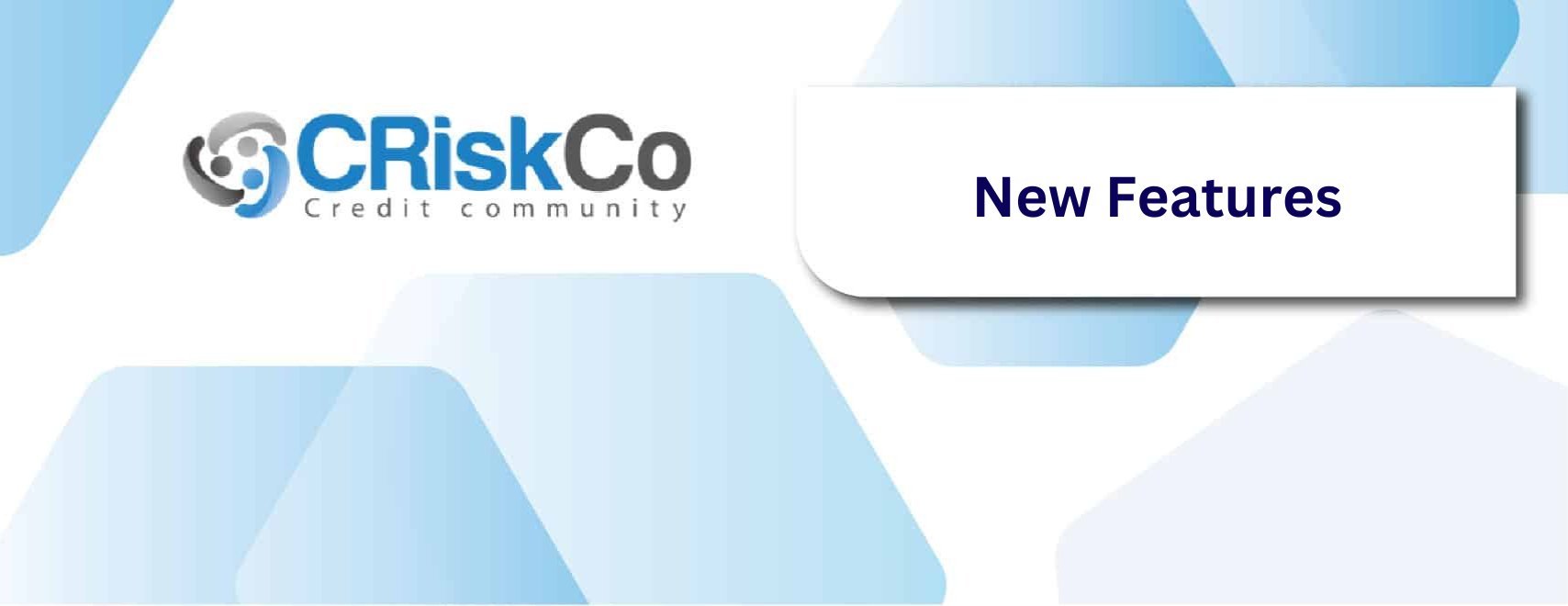- Blog
- Oct 12
5 most common risks in the credit granting process
Given that it is a factor outside the control of financial institutions and has the potential to significantly impact how the organization operates, the granting of credit is not risk-free.
From 2015 to 2021, the companies that made a financing request from the moment they started operating, went from 40 to 47% in Mexico.This does not mean that the request has been granted, since there are factors that limit access to credit, and several of them are related to emerging companies, such as not having a guarantee, not having sufficient payment capacity, and lack of credit history.
This makes sense from the perspective of credit grantors, as offering finance without enough security puts them in a risky situation for the future.
5 risks that exist in the credit granting process
Therefore, it is essential to be aware of the basic credit risks associated with loan issuing in order to protect your company from them.
1. The possibility of default
There is a chance that the debt will not be repaid by the due date and that there will be delays that interfere with the institution’s ability to plan ahead and operate efficiently.
The so-called “risk of default,” which refers to the loan being only partially paid off or not being paid at all, must also be taken into account at this point.
Lenders suffer a setback as a result of the loss of assets since their capital is lost and their company’s solvency can be put in jeopardy.
2. Credit migration or downgrading
Since it refers to a rating agency suggesting that the financial institution’s quality has abruptly declined, it can be derived from the prior point.
This gives credit grantors a negative reputation, which could lead to a decline in interest from potential lenders in the future for loans from borrowers with poor ratings.
3. The risk of exposure
This occurs when there is uncertainty and concern about a client’s ability to make the payments that are due in the future, which presents itself as a result of a change in their financial behavior or potential market fluctuations at the moment.
4. Collateral risk
It becomes more or less latent depending on the guarantees offered by the borrower, that is, whether there are any or not, and also whether or not there is collateral support.
5. The danger of concentration
This situation appears if huge amounts of assets are placed in the hands of very few clients, increasing the probability of a negative eventuality in the committed payments, enhancing the possible damages that would be caused if any of them becomes delinquent.
Now that you are aware of these risks, it is time to find out about a tool that can help and lessen the risks involved in approving a loan.
CRiskCo’s SAT API as a security tool
An interface provided by CRiskCo’s SAT API allows for the real-time collection of data from prospective borrowers. In this approach, a financial institution may more clearly distinguish between clients who can be relied upon and those who cannot, and can assess new businesses that require funding without bias or doubt.
The credit-granting process is facilitated and accelerated using an API. To help you make the right choice, each has useful data and a risk analysis that incorporates artificial intelligence into its procedures.
Try CRiskCo’s SAT API and forget about credit risks for your business, relying on the best technology to take care of your capital.
Related Posts

Case Study: Imagina Leasing’s Improved Credit Decisions
Executive Summary Imagina Leasing, a leader in Mexico’s leasing industry, was on a mission to enhance the precision and security of its credit evaluations. Facing challenges in verifying financial documents and managing risks, they turned…
- Nov 14

Strengthen Risk Management with the New Financial Suppliers Tab
We’re thrilled to unveil an exciting update to our UI! Introducing the “Financial Suppliers” tab, now available on the company reports page and in the SAT information report. Know Your Competition and Past Financing Deals…
- Jul 29
Recent Posts
Subscribe
Join our newsletter and stay up to date!